| 结构式 | 名称/CAS号 | 全部文献 |
|---|---|---|
 |
蔗糖
CAS:57-50-1 |
|
 |
氯化钠
CAS:7647-14-5 |
|
 |
甲醛
CAS:50-00-0 |
|
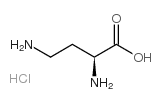 |
L-2,4-二氨基丁酸 单盐酸盐
CAS:1482-98-0 |
|
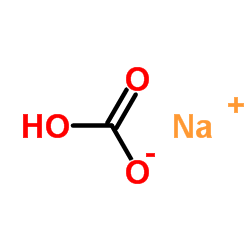 |
碳酸氢钠
CAS:144-55-8 |
|
 |
氯化钠-35cl
CAS:20510-55-8 |
|
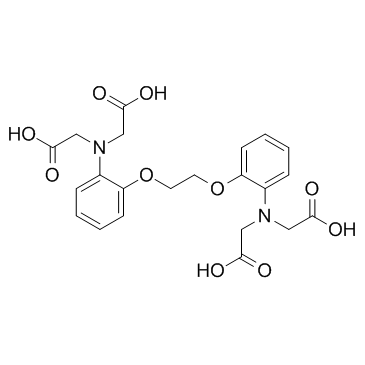 |
1,2-双(2-氨基苯氧基)乙烷-N,N,N',N'-四乙酸
CAS:85233-19-8 |
|
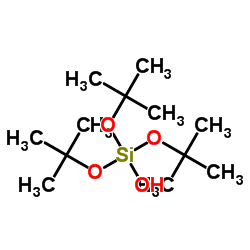 |
三(叔丁氧基)硅烷醇
CAS:18166-43-3 |
|
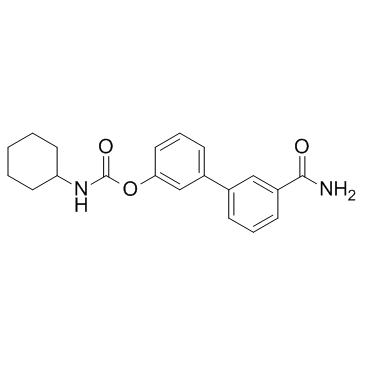 |
URB-597
CAS:546141-08-6 |